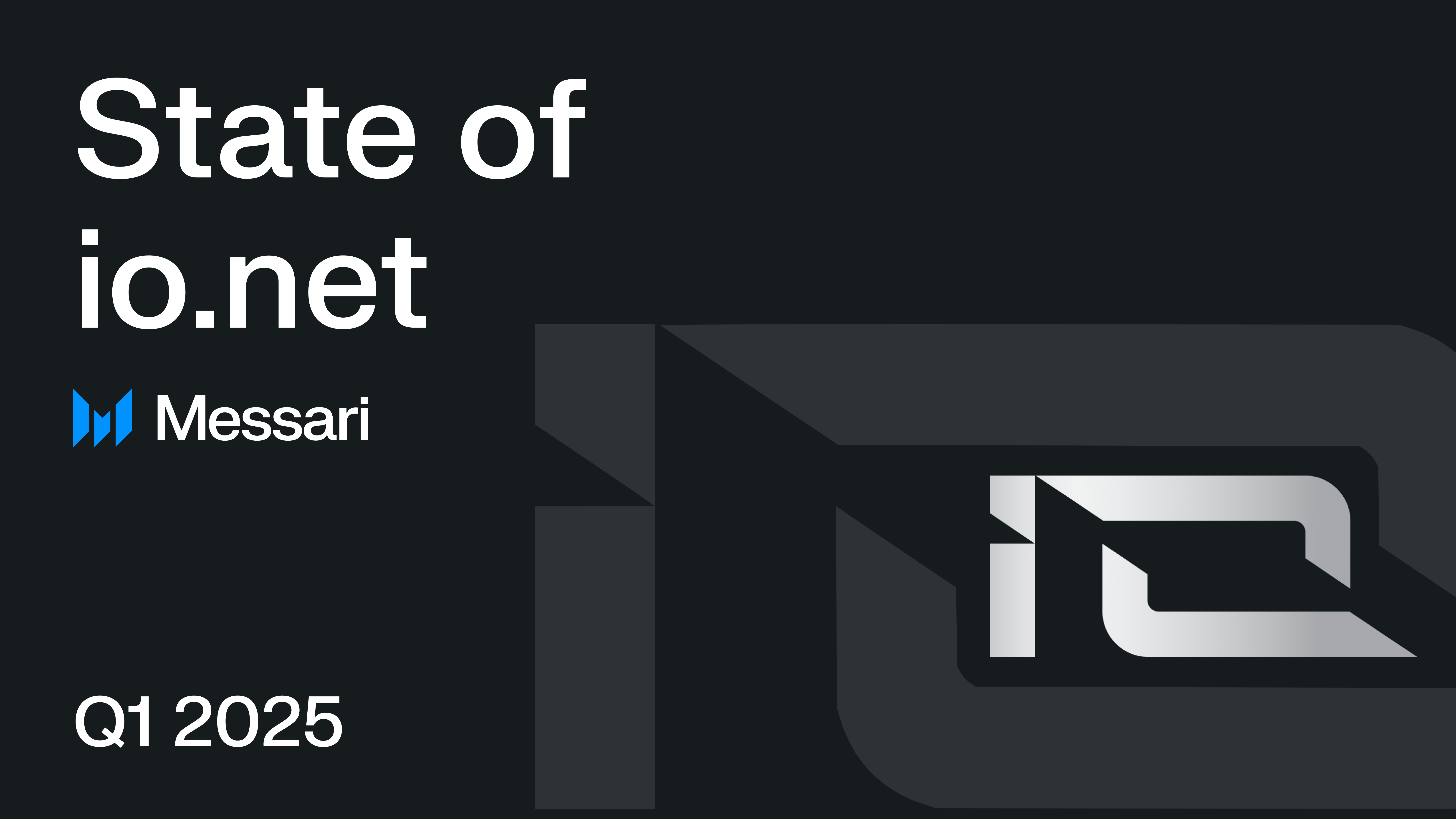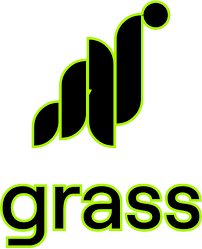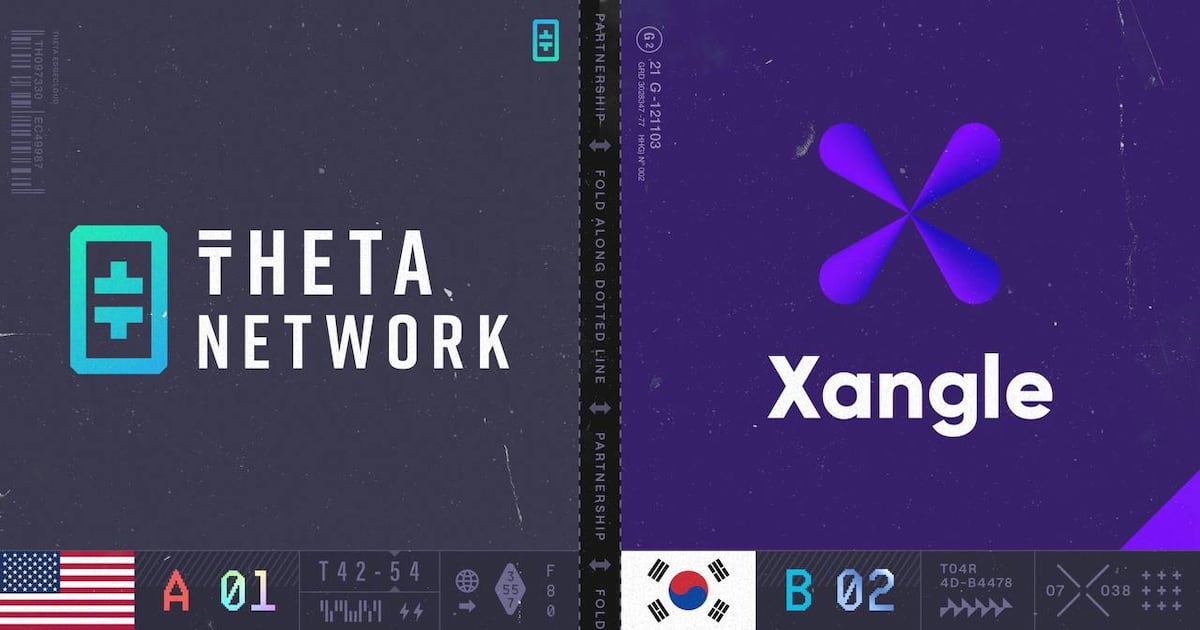提升检索增强生成的上下文召回能力
星期五, 十一月 22, 2024 12:00 凌晨
2,697
检索增强生成(RAG)已成为将大型语言模型(LLM)应用于专业业务的重要方法,能够将专有数据融入模型响应中。然而,在将RAG投入生产时,开发者常面临显著的准确性下降,尤其是在检索阶段,准确获取与查询相关的上下文至关重要。本文探讨了通过定制和微调嵌入模型来增强上下文召回的策略,从而提升RAG在实际应用中的表现。RAG的工作分为检索和生成两个主要步骤。在检索阶段,模型将文本转换为向量并进行索引和重新排序,失败可能导致相关上下文的遗漏。为提高上下文召回,需准备反映模型将遇到的查询类型的定制数据集,并构建评估数据集以评估模型性能。通过微调嵌入模型,可以显著提升上下文召回能力,确保RAG在生产环境中的准确性和可靠性。
Related News

2 天前
io.net在市场挑战中实现收入增长io.net在最新季度报告中显示出显著的收入增长,收入增长82.6%,总收入达到570万美元。这一增长在加密货币市场整体收缩的背景下尤为引人注目,IO代币市值下降71.4%至1.08亿美元,代币价格下跌74.9%。尽管面临挑战,io.net成功与多个人工智能和计算平台整合,包括Zerebro、KREA和Injective,旨在提升去中心化GPU计算能力,应用于AI和DeFi领域。io.net的基础设施基于去中心化的GPU和CPU网络,支持多种机器学习框架,提供灵活高效的资源分配。然而,平均每日验证的计算资源有所下降,验证的GPU和CPU分别下降11.1%和4.5%。尽管表现不一,io.net仍保持稳步发展,持续与Alpha Network和Mira Network等合作,致力于增强去中心化AI基础设施,成为去中心化计算资源领域的重要参与者。

2 天前
本·戈茨尔:开创去中心化人工智能以造福未来人工智能先锋本·戈茨尔自30年前编写第一行代码以来,一直倡导去中心化的人工智能。他强调,在即将实现通用人工智能(AGI)之际,去中心化对于确保这一强大技术造福人类至关重要。在多伦多举行的Consensus大会上,戈茨尔对通过其项目SingularityNET在未来一至三年内推出AGI表示乐观。该项目致力于创建全球人工智能服务市场,已与Mind Network和Filecoin Foundation建立合作关系,并获得5300万美元的模块化超级计算机投资。戈茨尔认为,AGI必须建立在去中心化架构上,以确保其成为积极力量。此外,他在90年代就开始探索去中心化货币概念,虽然当时对其可行性持怀疑态度,但比特币的出现验证了他的部分早期想法。他的去中心化人工智能理念正在不断获得关注,成为技术与治理领域的重要参与者。

6 天前
投资者关注GRASS和PI加密代币,市场清算加剧当前,投资者对GRASS和PI加密代币表现出浓厚兴趣,因其独特的价值主张而备受瞩目。同时,Best Wallet的预售已筹集超过1200万美元。过去24小时内,Binance、Bybit和OKX等永续加密交易所清算了超过6.65亿美元的杠杆头寸,影响了超过153,000名交易者。尽管市场动荡,许多交易者对GRASS和PI持乐观态度,认为它们可能在2025年第二季度迎来突破。自2024年10月以来,GRASS上涨了140%,而PI自4月初以来上涨了80%。GRASS是基于Solana的去中心化二层平台,允许用户货币化闲置互联网带宽,支持AI模型训练。Pi Network则在向去中心化迈进,最近禁用了其中央节点,增强了6000万用户的社区权力。投资者在做出投资决策前应进行充分研究,同时Best Wallet的预售也在引发关注。

10 天前
Amp和Aethir在加密市场降温中表现突出在加密市场降温的背景下,Amp(AMP)和Aethir(ATH)表现抢眼,均上涨16%。Amp当前价格为0.0051美元,受到强劲的看涨动能和关键指数移动平均线(EMA)的支持,尽管存在超买警告。Aethir专注于人工智能驱动的区块链解决方案,价格上涨至0.052美元,突破重要阻力位,保持乐观态势,但超买的相对强弱指数(RSI)提示交易者需保持警惕。与此同时,Helium(HNT)面临下行压力,交易价格为4.00美元,低于关键的200日EMA,若跌破100日EMA支撑位3.83美元,可能面临进一步下滑。Amp和Aethir与Helium的不同走势反映了数字资产市场的持续波动和创新,交易者需平衡风险管理与投资热情。投资者应密切关注技术指标,识别最佳入场时机并有效管理风险。

11 天前
Solana复苏及AI驱动项目Bittensor与Unilabs崛起Solana(SOL)近期表现出色,较年内最低点反弹90%,但仍受制于180美元的关键阻力位。分析师对SOL的前景持乐观态度,认为价格可能即将突破,当前在170美元附近徘徊。若突破180美元,可能会向200美元甚至250美元迈进。同时,Bittensor(TAO)在其他加密货币表现疲软时,展现出稳定的表现,主要受益于其去中心化AI的创新模式,目前交易价格约为457美元,市场信心增强。另一方面,Unilabs(UNIL)作为投资者多样化的替代选择,专注于将区块链透明性与AI基础设施结合,正迅速崛起。其基于代币的激励系统旨在吸引用户和开发者,可能重新定义DeFi AI平台的标准。

16 天前
Xangle加入Theta网络成为企业验证者,提升区块链基础设施区块链基础设施公司Xangle于9日宣布,正式成为全球区块链主网Theta Network的企业验证者。Theta Network以其为人工智能、媒体、体育和娱乐等领域提供的去中心化云基础设施而闻名,拥有超过30,000个分布式边缘节点,确保高效运营和治理。Xangle将质押200,000个Theta(THETA)代币,增强网络安全和治理。Xangle成立于2018年,是韩国领先的Web3基础设施服务提供商,曾为多个全球项目担任验证者。Xangle联合首席执行官李炫宇表示,与Google、Samsung和CAA的战略合作使其成为企业验证者感到非常高兴,强调质押Theta验证者网络与Xangle的使命高度契合。Theta Network联合创始人兼首席执行官Mitch Liu也对Xangle在区块链分析和生态系统发展方面的优势表示期待,预期双方将在推广Theta(THETA)和Theta Fuel(TFUEL)方面产生重要协同效应。
注册以获取最新的DePIN新闻和更新